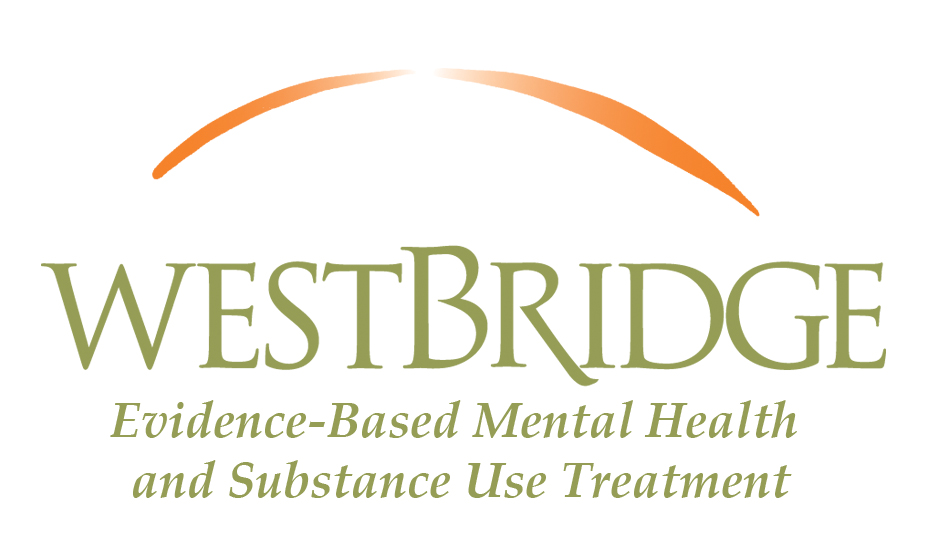Recovery is always going to be a process; it is always going to be something you pursue over the course of a lifetime. With that said, the hope is that you reach a place where you have some firm life skills in place, and are able to thrive all on your own, without the need to check into a treatment or rehabilitation center over and over again.
Not everyone has this experience with treatment. For some, it becomes a kind of revolving door: They go into treatment, they come out, they relapse or encounter some insurmountable struggle, they go back into treatment and the cycle continues from there.
This can be devastating for families, who just crave normalcy and stability. The question is, what can you do to avoid getting caught up in the revolving door?
- Do your research carefully. Do not make the assumption that all treatment centers are created equal. Spend some time looking into the program, the treatment approach and the results offered. Enlist a family member or a close friend to help you make this important decision.
- Make a commitment to the recovery process. Do not just say, well, we will see what happens. Commit—to yourself and to your family—to stick with it and strive for real results.
- Make a plan for aftercare. Where will you go once you are out of inpatient treatment? Where will you live? What will you do? Who will your support system be? These should not be afterthoughts.
- Join a support group, and keep attending meetings—even on weeks when you may not feel like you “need” it.
You may still have bad days or even periods of relapse—but with the right plan in place, you can avoid the revolving door of treatment.
For more information about our programs, please visit https://www.westbridge.org/programs/
WestBridge provides evidence-based treatment for adults and their families experiencing mental illness with or without substance use. Contact admissions for inquiries and questions.
